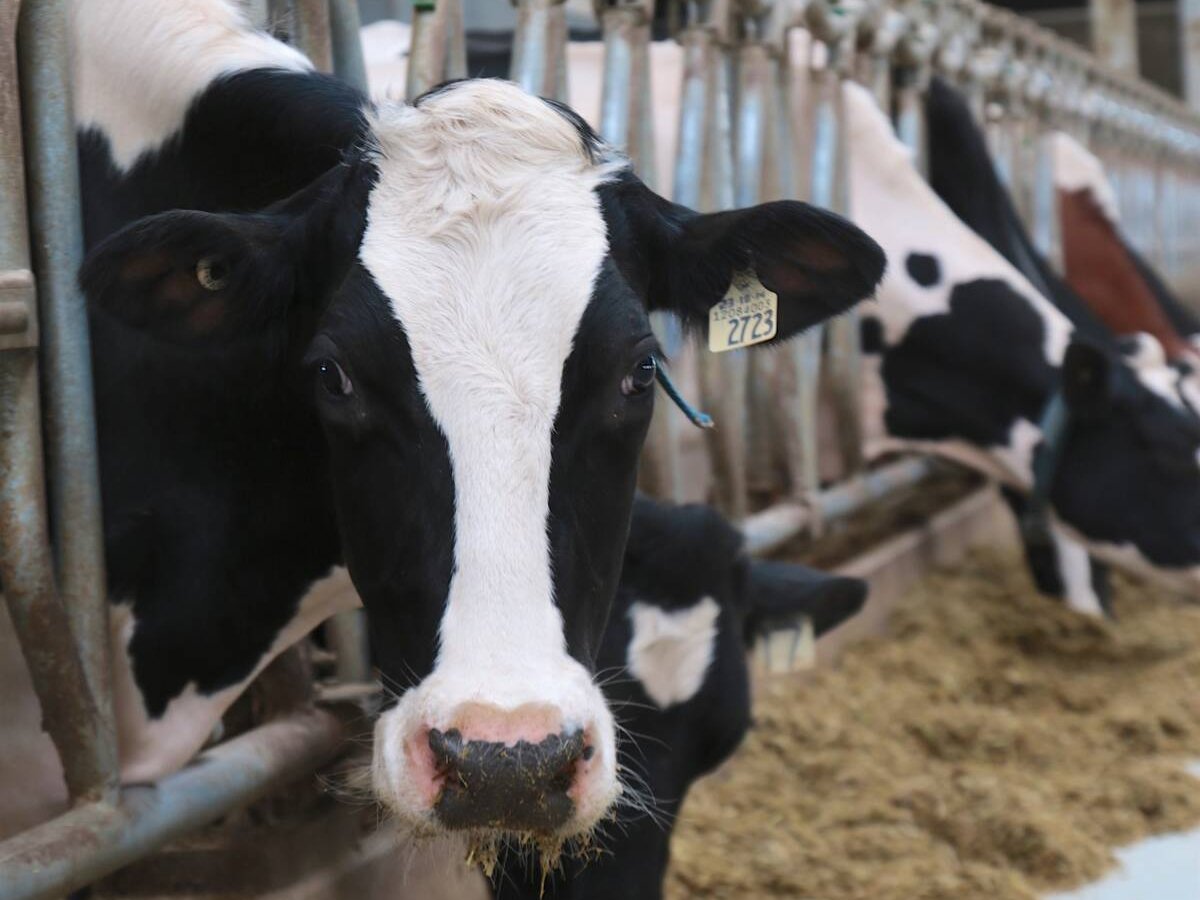Prairie grain farmers can look forward to paying an average of about $2.26 a tonne less to ship grain in 2009-10.
That comes after an average increase of almost exactly the same amount last year.
The pricing index used to determine the rail freight revenue cap will decline by 7.4 percent next crop year, the Canadian Transportation Agency announced April 30.
As a result, the revenue caps for the two railways will decline by roughly that same percentage.
To stay within the cap and avoid financial penalties, the railways will have to reduce their total revenues by about the same amount.
Read Also

The Organization for Economic Co-operation and Development lauds Canada’s low farm subsidies, criticizes supply management
The Organization for Economic Co-operation and Development lauded Canada’s low farm subsidies, criticized supply management in its global survey of farm support programs.
That means average freight rates can be expected to decline.
Rates will vary for different services, programs and customers, but the average rate should decline by 7.4 percent, says an official familiar with the process.
Assuming normal grain volumes and hauling distances in 2009-10, that will result in an average rate reduction of around $2.26 a tonne.
“That’s certainly good news,” said Ian Wishart, president of Keystone Agricultural Producers.
He said that until last year, when fertilizer prices went through the roof, KAP always considered freight to be farmers’ highest cost item, so any reduction is welcome.
“It shows the strength of the formula we’re working under,” said Wishart. “It may be out of date, but compared with a free market bid system, I much prefer the formula.”
While other factors go into the determination of the revenue cap, the volume-related composite price index is the most significant.
It measures inflation-related changes in the prices paid by the railways for labour, fuel, material and capital.
A year ago, the price index for 2008-09 increased by eight percent, due mainly to high fuel prices, and average freight rates went up by $2.26 a tonne. This year’s decline of 7.4 percent is due mainly to lower fuel prices, said the agency.
Wishart said that with freight costs down from last year, along with fertilizer and fuel, farmers can pencil in some lower input costs for 2009-10.
Breanne Feigel of Canadian Pacific Railway noted the impact of fuel prices and said the lower index doesn’t mean all shippers can expect lower freight rates next year. She said the company will release its 2009-10 freight rates in July.
A spokesperson for Canadian National Railway said only that the company will comply with the new cap numbers.
Under the revenue cap system, in effect since 2000, the railways’ grain hauling revenue is capped each crop year.
If a rail company exceeds the revenue cap, it must pay the excess amount, plus a penalty, to the Western Grains Research Foundation. As a result, the railways have an incentive to match their revenues to the caps.
In the first seven years the cap was in effect the two railways exceeded their maximum allowable revenue by a total of $8.9 million, with the highest single overage being $3.8 million by CPR in 2006-07.
That all changed in 2007-08. A $72.2 million reduction in hopper car maintenance costs embedded in the revenue cap resulted in the two railways exceeding their caps by a combined $60 million.
It’s not possible to forecast at this point what the 2009-10 revenue caps will be.
The current year’s cap for the two railways combined is expected to be about $817 million. Reducing that by 7.4 percent produces a decline in the total cap of $60.5 million.
Based on average volume of 26.8 million tonnes, and assuming no change in average length of haul, that translates into a reduction of $2.26 a tonne ($60.5 million divided by 26.8 million tonnes).














